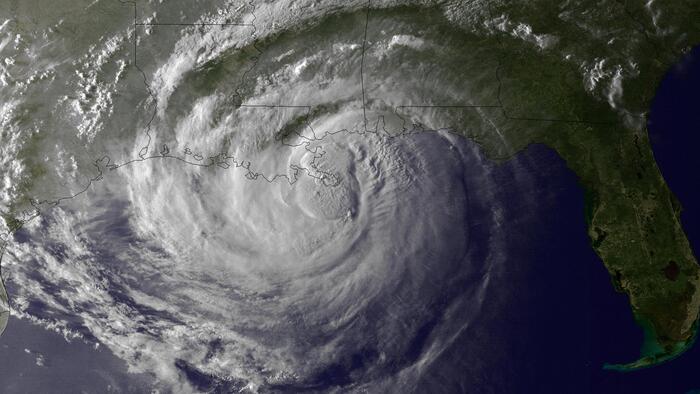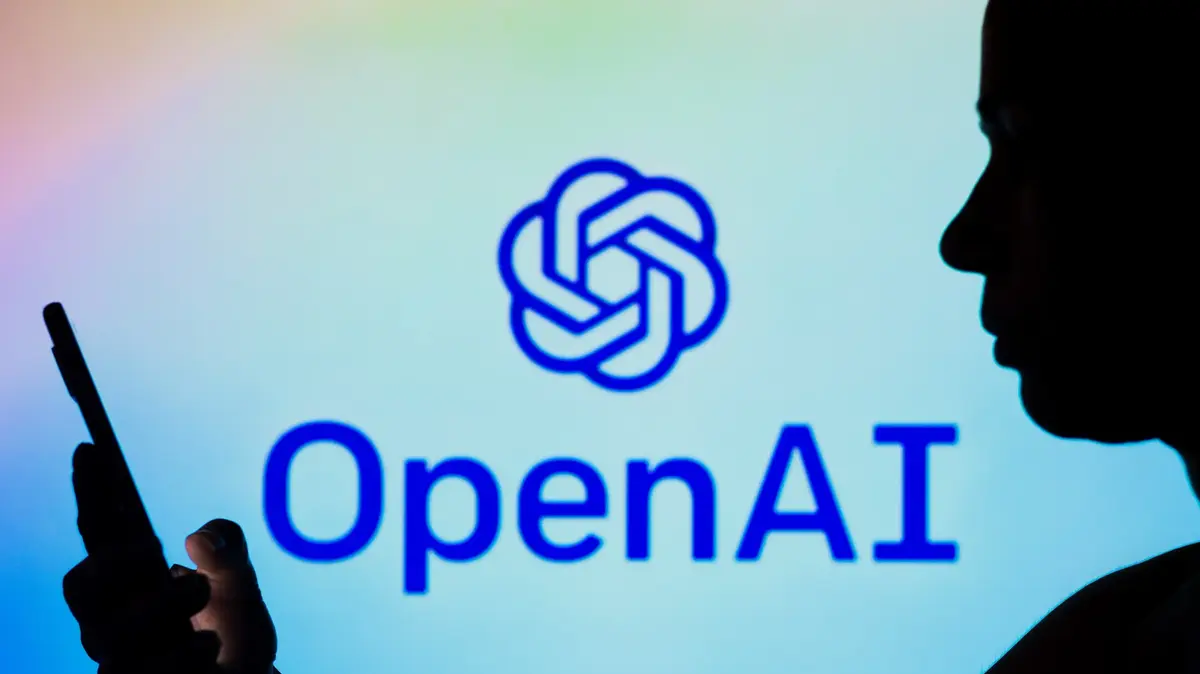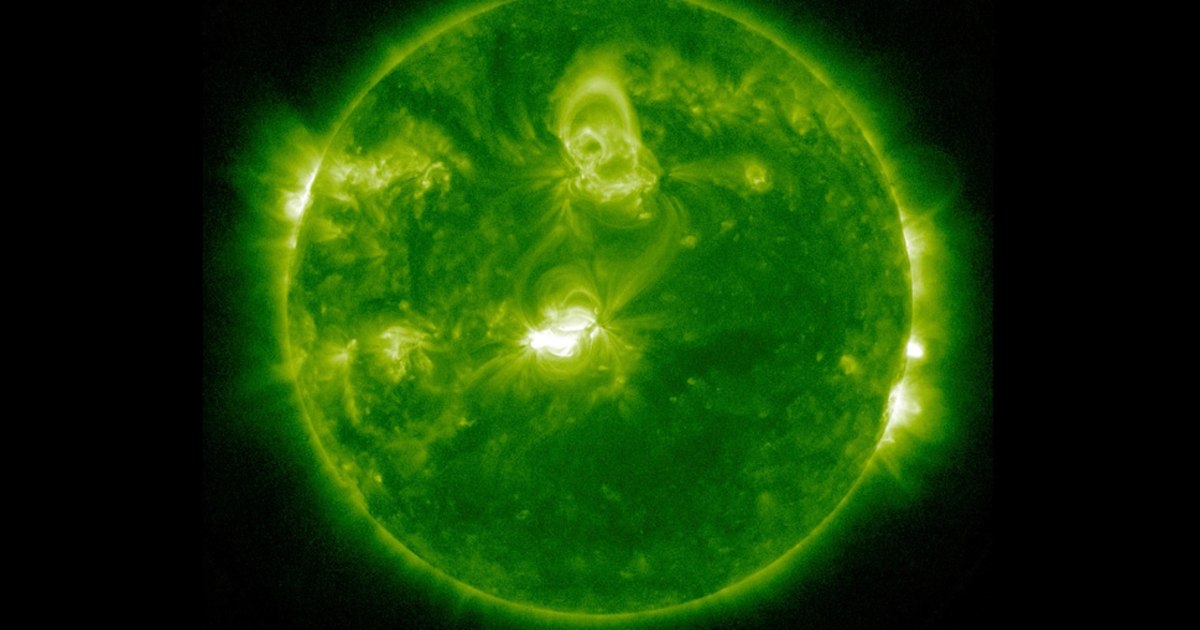If a violent solar storm is on its way towards Earth, it can be dangerous. In the future, artificial intelligence will enable 30 minutes of advance warning.
Munich – The sun permanently releases solar material into space – a steady stream that is called "solar wind" in expert circles. This activity of the sun is believed to have once given the starting signal for life on Earth, a new study shows. But the sun can also be a threat to the earth and its inhabitants. More violent eruptions of the sun, which hurl matter into space, are called "solar storms". If this material from the sun hits the Earth's magnetosphere, geomagnetic storms can occur. These are best known as triggers of auroras – but they can also be dangerous for a world that is increasingly dependent on technology.
A violent solar storm in 1989 caused a 12-hour power outage in Quebec, Canada. The strongest solar storm recorded so far is the so-called "Carrington event" from 1859. At that time, there were not many electrical devices – but problems still arose: For example, telegraph lines sparked and set telegraph stations on fire.
Nasa wants to predict dangerous solar storms with artificial intelligence
Experts are certain that if a solar storm of the magnitude of the "Carrington event" were to hit the high-tech Earth, it would have a huge impact. Widespread and long-lasting power outages and an interruption in global communications would be just two consequences. Technological chaos could paralyze the economy and endanger the safety and livelihoods of people worldwide, fears the US space agency Nasa.
The sun is currently more active than expected. Eruptions on the surface eject plasma into space, which can hit Earth in the form of a solar storm. (Archive image) © NASA/SDO/AIA/Goddard Space Flight Center
There is not much protection against a solar storm and the warning time is short. If the fast particles from the sun are approaching, the only thing that helps is to take devices off the power supply and switch them off as a preventive measure. In order to carve out some time for such measures, an international research team at the Frontier Development Lab, in which NASA is also involved, has developed a model that is intended to predict dangerous solar storms with the help of artificial intelligence.
"DAGGER" detects connection between solar winds and geomagnetic disturbances
The computer model called "DAGGER" was trained with solar wind measurements from various solar satellites and measured geomagnetic disturbances on Earth and was intended to detect a connection between the two. In the meantime, "DAGGER" should be able to predict geomagnetic disturbances worldwide up to 30 minutes before they occur. As reported by Nasa, the model can make predictions in less than a second, which are updated every minute.
"With this artificial intelligence, it is now possible to make fast and accurate global predictions and decisions in the event of a solar storm in order to minimize or even prevent the devastation of modern society," says Vishal Upendran of the Inter-University Center for Astronomy and Astrophysics in India, who is the lead author of a study on the "DAGGER" model in the journal Space Weather.
Computer model "DAGGER" to detect solar storms at an early stage
The code of the "DAGGER" model is open source, so power grid operators, satellite operators, or telecommunications companies can use it to take advantage of the predictions. In the future, the warnings could give them up to 30 minutes to take measures to protect their facilities or infrastructure from an approaching solar storm. For example, sensitive systems could be temporarily taken off the grid or satellites could be moved to another orbit to reduce imminent damage. (tab)









